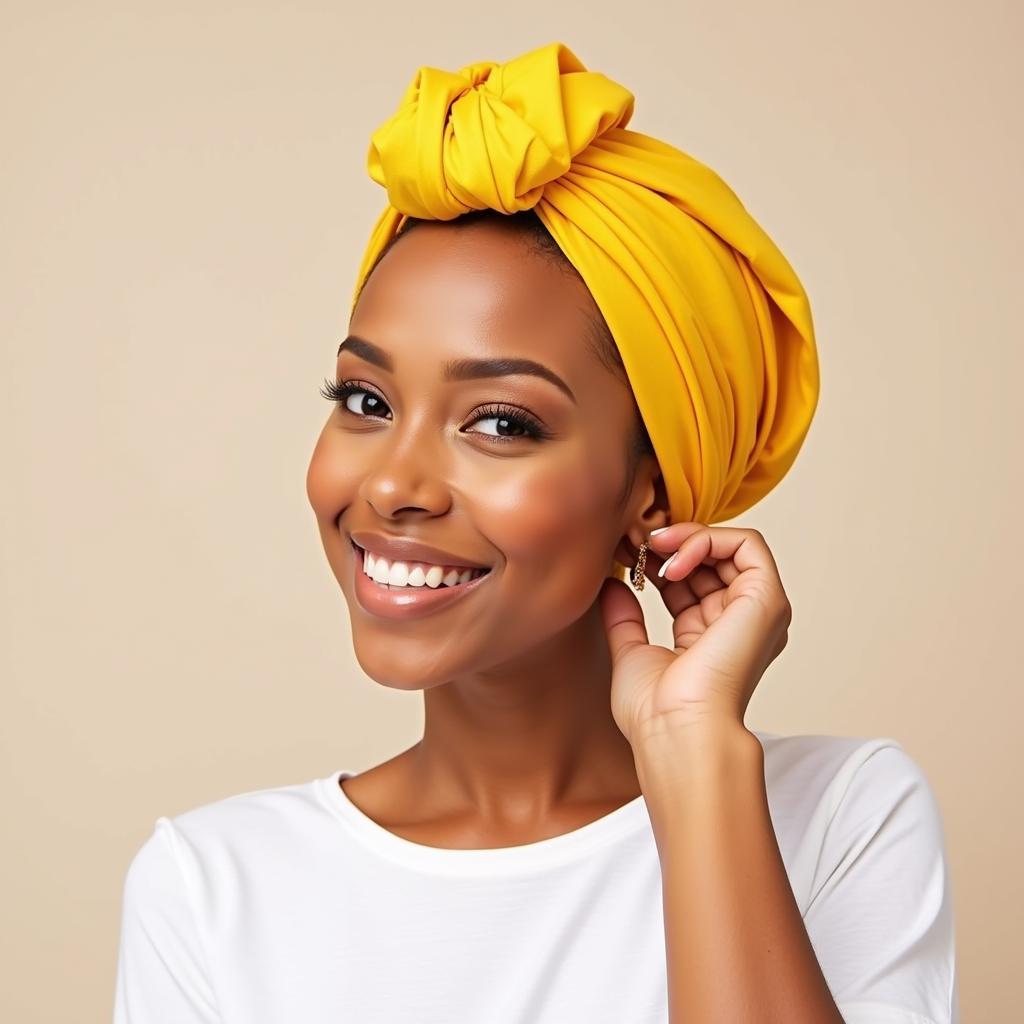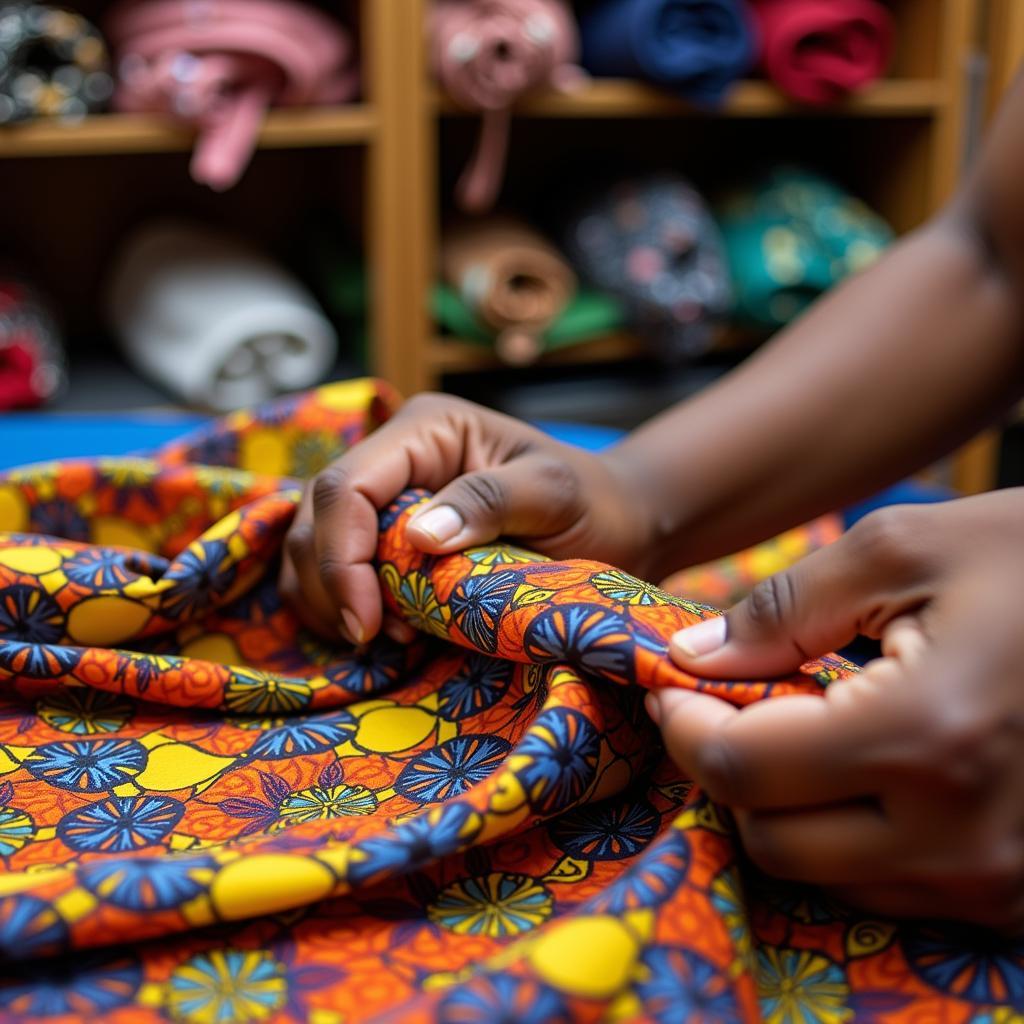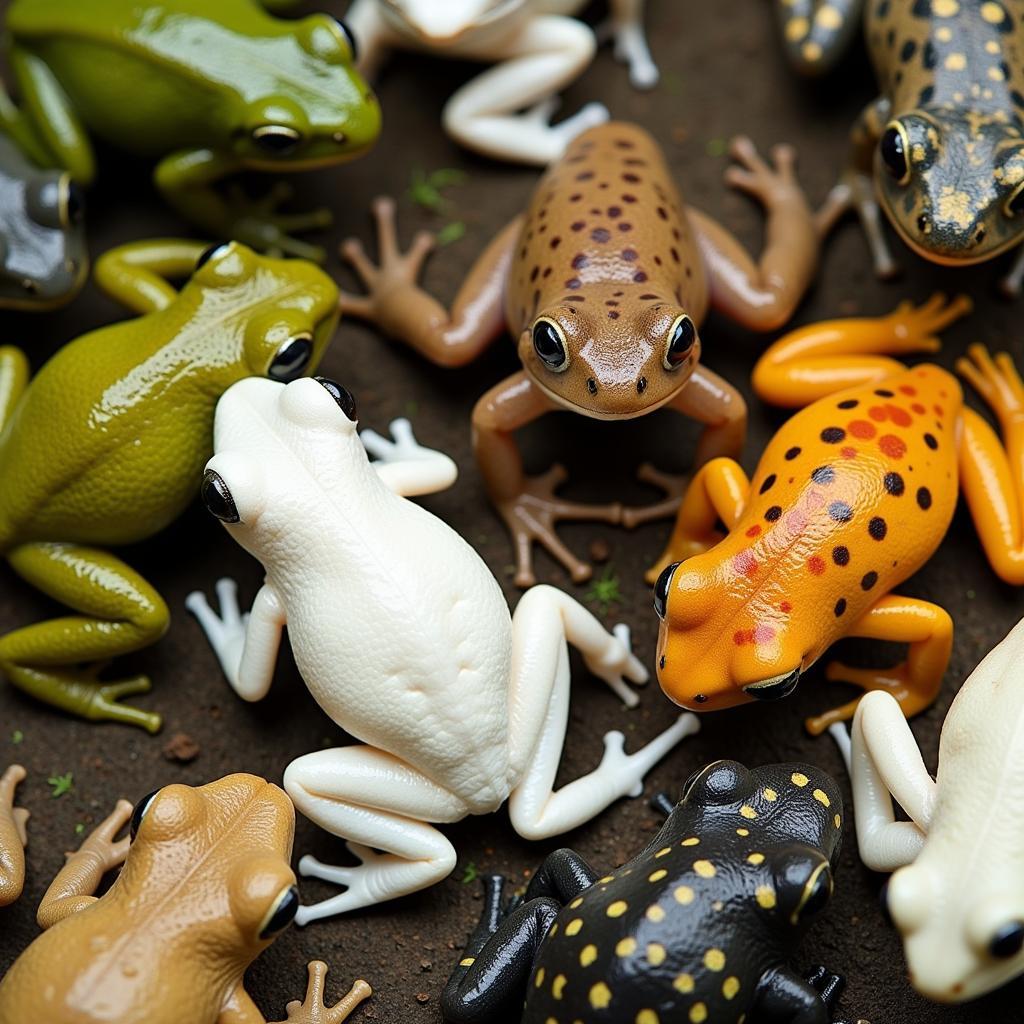The Ultimate African Head Wrap Tutorial
Learning how to tie an African head wrap is a journey into a rich cultural tradition. This African Head Wrap Tutorial will guide you through various styles, from elegant and simple to elaborate and celebratory, offering a glimpse into the diverse world of African headwear.
Whether you’re looking for a quick everyday style or a dramatic look for a special occasion, this tutorial has you covered. We’ll explore different fabrics, tying techniques, and the cultural significance behind this timeless practice. You’ll find that the art of the african head wrap is more than just fashion; it’s a powerful statement of identity, heritage, and creativity. Let’s begin!
Exploring the Rich History of African Head Wraps
African head wraps, also known as head ties, turbans, or gele (in Nigeria), have a long and fascinating history. For centuries, they have been more than just a fashion accessory. They symbolize status, religion, and even marital status within various communities across the African continent. Learn about the rich heritage behind this beautiful art form with this african head wrap tutorial. The skill of tying a head wrap is often passed down through generations, adding to its cultural significance. Different regions boast unique styles and techniques, showcasing the vast diversity of African cultures. From the vibrant kanga cloth of East Africa to the elaborate geles of West Africa, each style tells a story.
Check out some fabulous head wrap styles at this african head wrap styles tutorial.
Choosing Your Fabric and Getting Started
The fabric you choose plays a crucial role in the final look and feel of your head wrap. Common choices include Ankara, Kitenge, Aso-Oke, and even simple cotton scarves. The fabric’s texture, weight, and pattern can influence how easily it drapes and holds its shape. Consider the occasion and your personal style when selecting your fabric. For beginners, a lightweight, less slippery fabric might be easier to manage. A rectangular scarf is typically recommended for most head wrap styles. Now that you’ve chosen your fabric, let’s move on to some basic tying techniques.
Simple and Elegant Head Wrap Styles
This section of our african head wrap tutorial focuses on beginner-friendly styles. The “Classic Knot” is a perfect starting point. Simply fold your scarf in half diagonally, place the longest edge on your forehead, and tie the ends at the nape of your neck. Another easy option is the “Headband Wrap,” where you fold your scarf into a long band and tie it around your head, covering the forehead. These simple styles are quick to master and can be adapted to suit various occasions.
 Simple and Elegant Head Wrap Styles
Simple and Elegant Head Wrap Styles
Mastering the Gele: A Step-by-Step Guide
The gele, a Nigerian head wrap, is known for its grandeur and intricate folds. Achieving this elaborate style requires patience and practice, but the results are stunning. Our african head wrap tutorial provides a step-by-step guide to help you master this iconic headwear. Start by folding your stiff, rectangular fabric (like Aso-Oke) into a triangle. Place the longest edge on your forehead and bring the ends to the back. Begin creating the signature folds, one at a time, working your way towards the top. Secure the ends with pins or by tucking them in. The gele is often worn for special occasions like weddings and festivals, adding a touch of regal elegance to any outfit.
If you’re interested in other African headwear, check out this article on african hijab.
Modern and Trendy Head Wrap Variations
The african head wrap is constantly evolving, with new and creative styles emerging. Explore modern interpretations like the “Turban Twist,” where the fabric is twisted and tucked to create a voluminous look. Another trendy option is the “Rosette Wrap,” featuring a beautiful fabric flower at the front. Don’t be afraid to experiment with different fabrics, colors, and accessories to personalize your head wrap and make it your own.
Caring for Your Head Wraps
Proper care ensures your head wraps remain vibrant and beautiful for years to come. Hand washing with a mild detergent is recommended for most fabrics. Avoid harsh chemicals and excessive heat, which can damage the fibers and colors. Store your head wraps neatly folded or hung to prevent wrinkles and maintain their shape.
African Head Scarf Inspiration
For more inspiration and ideas, you can explore different types of African head scarves. African head scarf provides a comprehensive overview. You can also find ready-made head wraps on online marketplaces like african head wraps amazon.
 Caring for Your Head Wraps
Caring for Your Head Wraps
This african head wrap tutorial has provided you with the foundational knowledge and inspiration to begin your head wrapping journey. With practice and creativity, you can master various styles and incorporate this beautiful tradition into your everyday life. Now go forth and express yourself through the art of the African head wrap!
FAQ
- What fabric is best for beginners? Lightweight cotton scarves are a good starting point.
- How long does it take to tie a gele? It can take anywhere from 15 minutes to an hour, depending on the complexity.
- Can I wear a head wrap with short hair? Absolutely! Head wraps are flattering on all hair lengths.
- Where can I buy African head wraps? You can find them online, in African fabric stores, and at select retailers.
- What is the cultural significance of head wraps? They symbolize status, religion, and heritage within various African communities.
- Are there specific occasions for wearing head wraps? They are worn for everyday use, as well as special events like weddings and festivals.
- What are some tips for maintaining my head wraps? Hand wash with mild detergent and store them neatly folded or hung.
Need support? Contact us 24/7: Phone: +255768904061, Email: [email protected], or visit us at Mbarali DC Mawindi, Kangaga, Tanzania.


